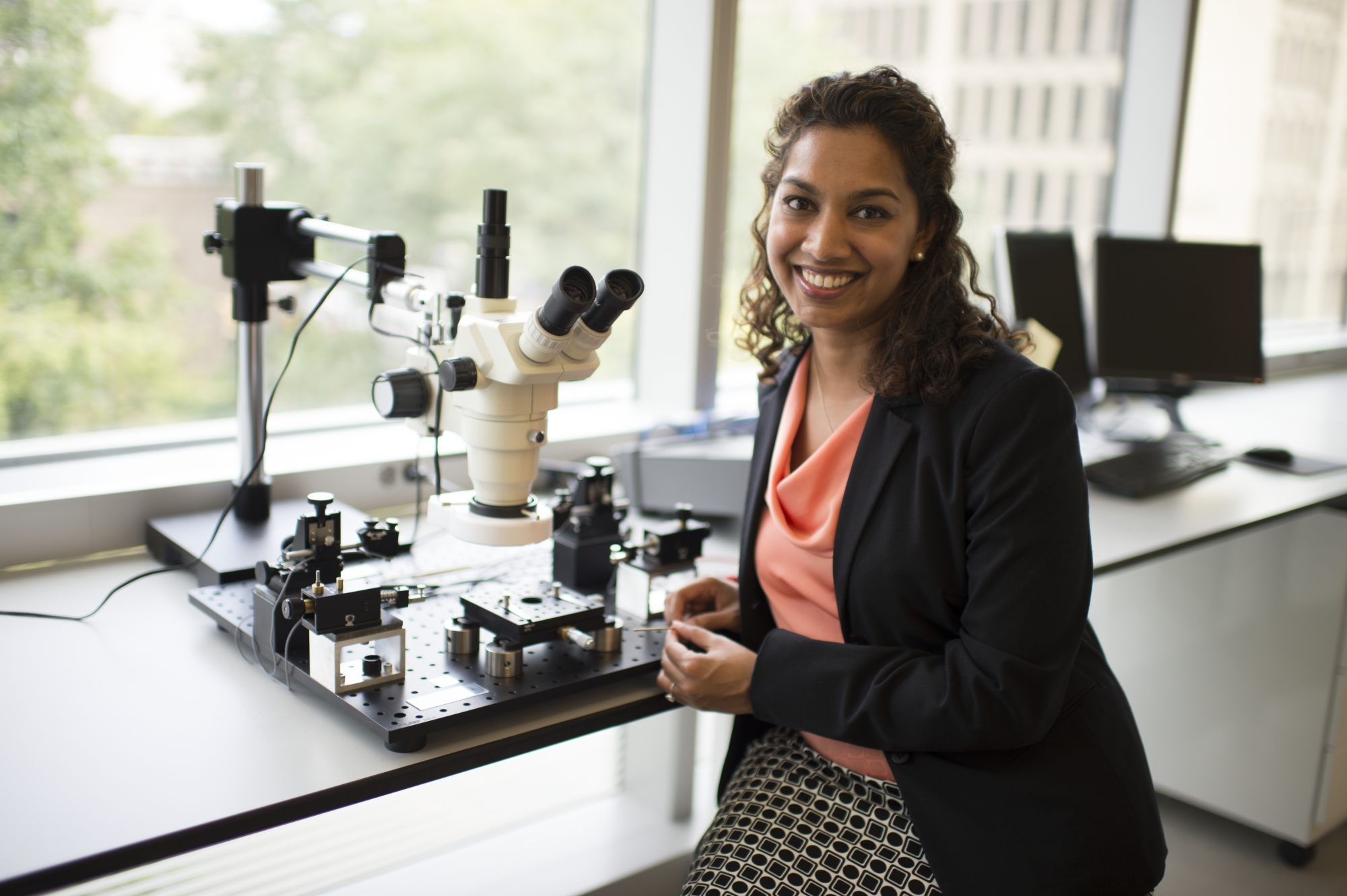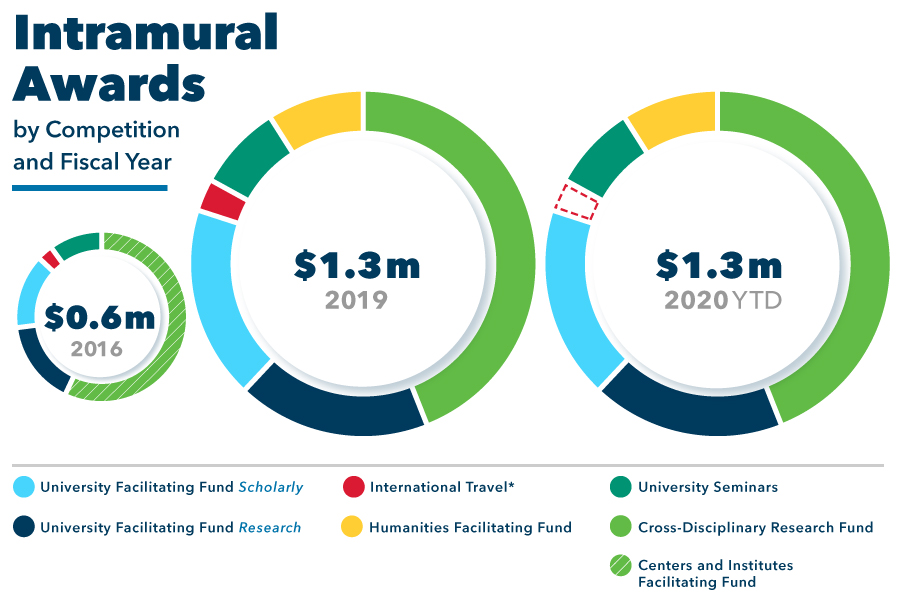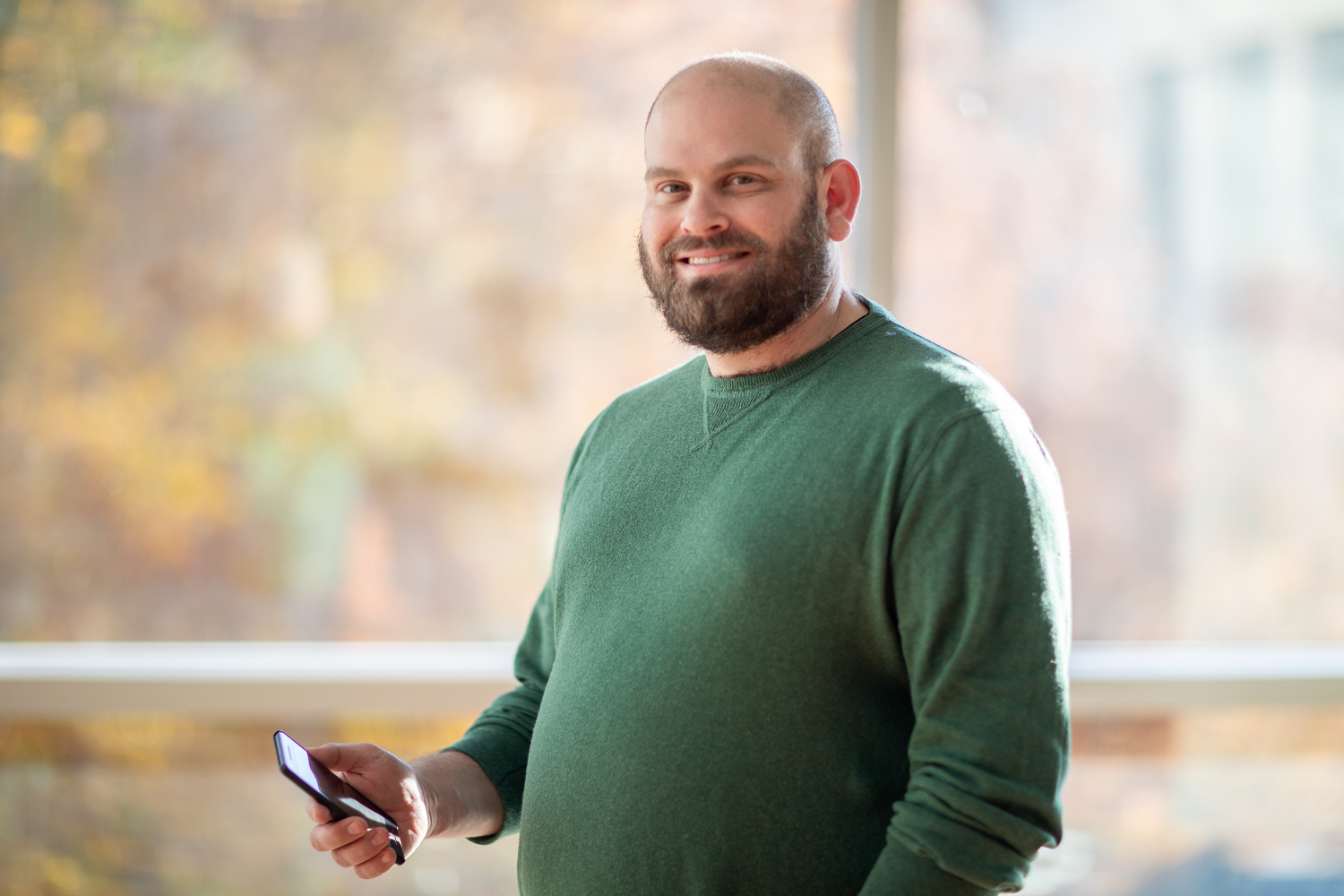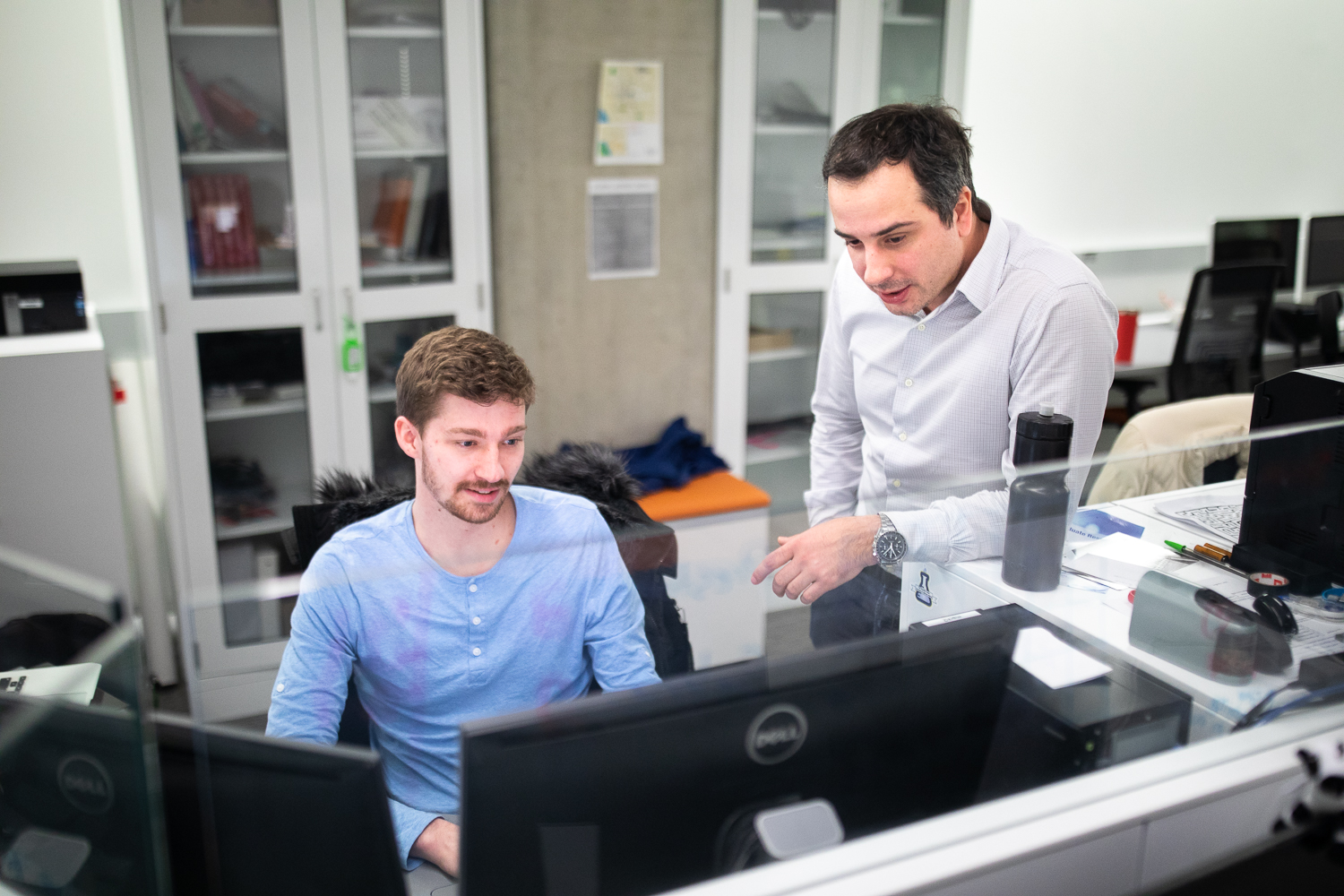By Kristen Mitchell
When resources like coal, natural gas and the sun’s rays are converted to energy, you can never transform 100% of that input into electricity. A portion of that resource is lost as waste heat, uncaptured through current technology.
You experience this inefficiency firsthand when you feel the heat coming off a passing car’s tailpipe or when your phone becomes hot to the touch after it’s been charging.
Saniya LeBlanc, assistant professor in the School of Engineering and Applied Science’s Department of Mechanical and Aerospace Engineering, focuses her research on engineering materials and manufacturing devices that can capture waste heat and transform it into usable electricity.
Dr. LeBlanc and her lab are interested in thermoelectric power generators, devices that convert heat directly into electricity. She uses additive manufacturing techniques— more commonly known as 3D printing—to make devices that could operate in tandem with existing energy conversion processes such as a car engine. The devices would then improve efficiency of the whole system and generate electricity on location rather than at a faraway power plant.
That captured energy could then be used, for example, to power a car radio, Dr. LeBlanc said.
“When you have all of this heat that’s generated, you have to think about either how to get rid of it or use it. That’s the bigger picture here,” she said. “If we have these technologies that allow us to think about using what is usually wasted, and turn that into electricity, that overall can make us more efficient in how we use our energy resources.”
Dr. LeBlanc recently received a five-year, nearly $500,000 National Science Foundation CAREER award for a project to study how laser additive manufacturing affects the properties of materials. This technique uses a laser to heat and melt materials, which reform quickly after cooling down. Dr. LeBlanc is interested in how the thermal conductivity of these materials changes after they reform.
Very little is currently known about how laser processing impacts thermoelectric materials, Dr. LeBlanc said.
There is also an education component to the grant. The CAREER award will allow Dr. LeBlanc to continue and expand annual engineering workshops she hosts for local public school students. Dr. LeBlanc taught math and physics at Bell Multicultural High School in Northwest D.C. as part of Teach for America before she went on to pursue her Ph.D. When she came to GW, she reconnected with teachers from the Columbia Heights Educational Campus and every year she invites students to Foggy Bottom for a crash course in subjects like nanotechnology and device manufacturing.
The CAREER funding will allow Dr. LeBlanc to hold additional workshops at the Columbia Heights Educational Campus, allowing more students to participate.
“My teaching is important to me,” she said. “What we do in terms of educating future members of society, whether or not they chose to be engineers, is an important part of what we do and is part of why I am a professor.”
Dr. LeBlanc will also continue the Energy Fellows Program, which exposes GW upperclassmen students to energy topics, professional development and connections to jobs in the industry. Conducting research and completing real-world energy projects help prepare the fellows for careers in the field and meet a growing demand for next-generation professionals. The program is a collaboration with Sustainable GW and supported by the Duke Energy Innovation Fund.





